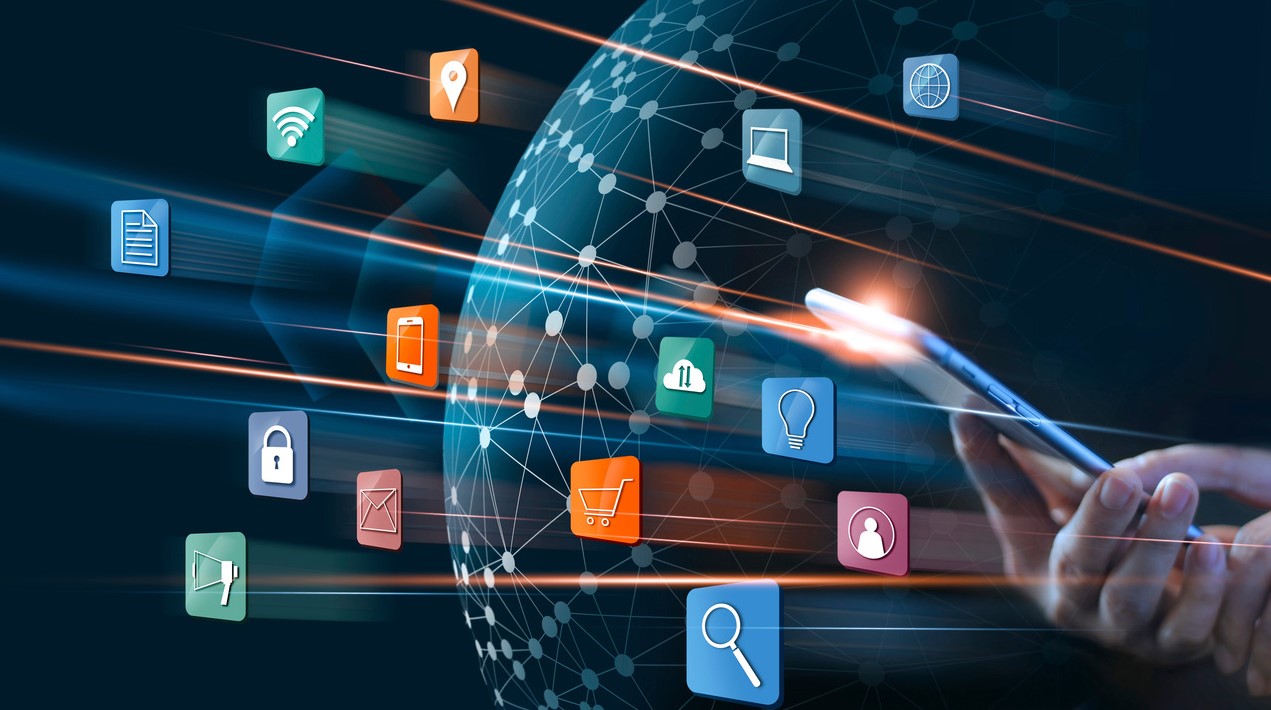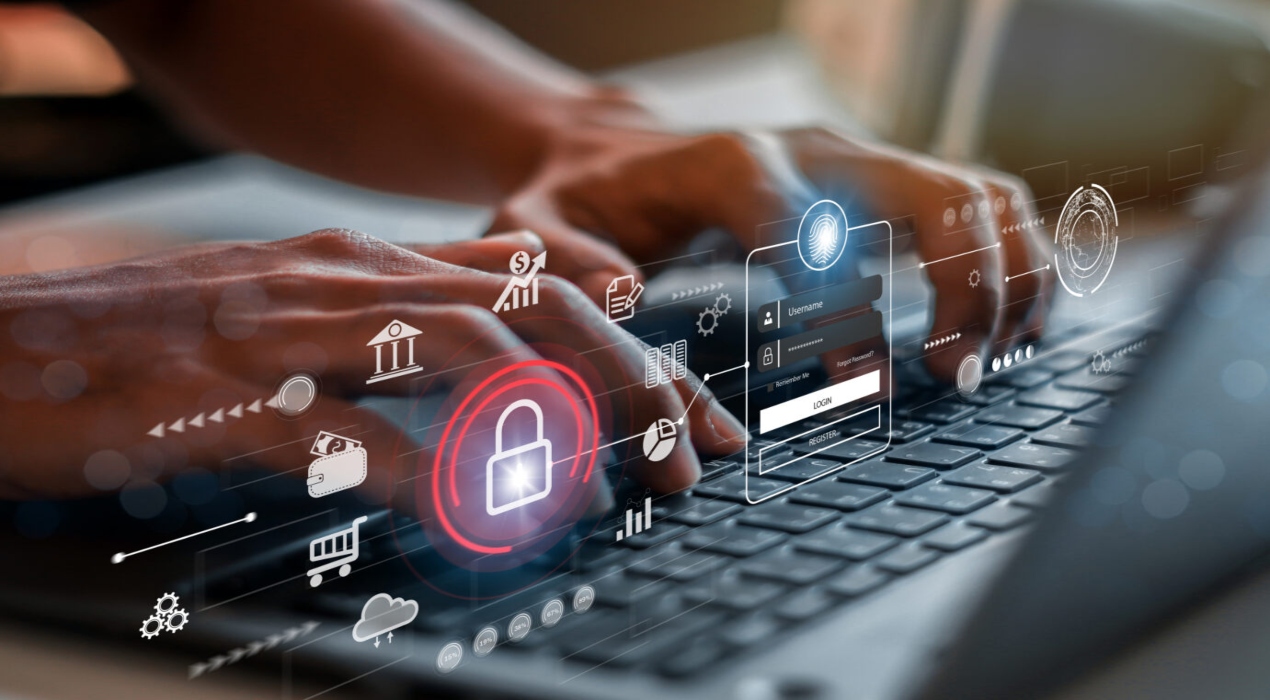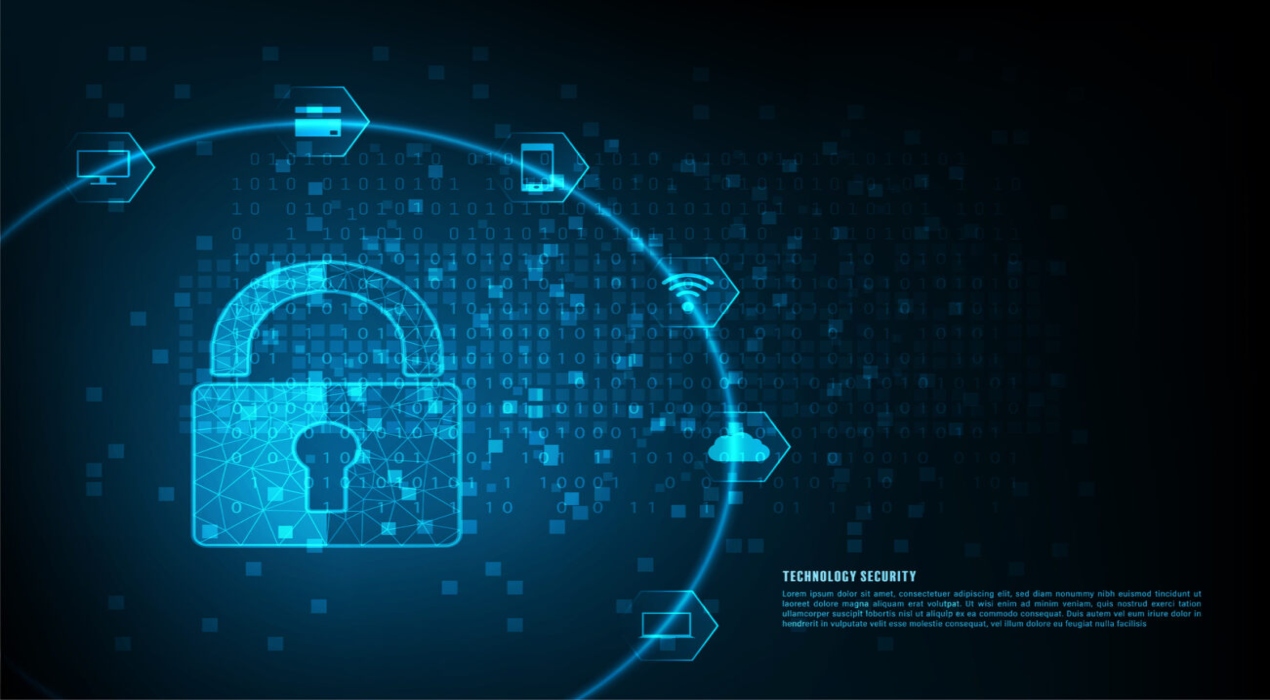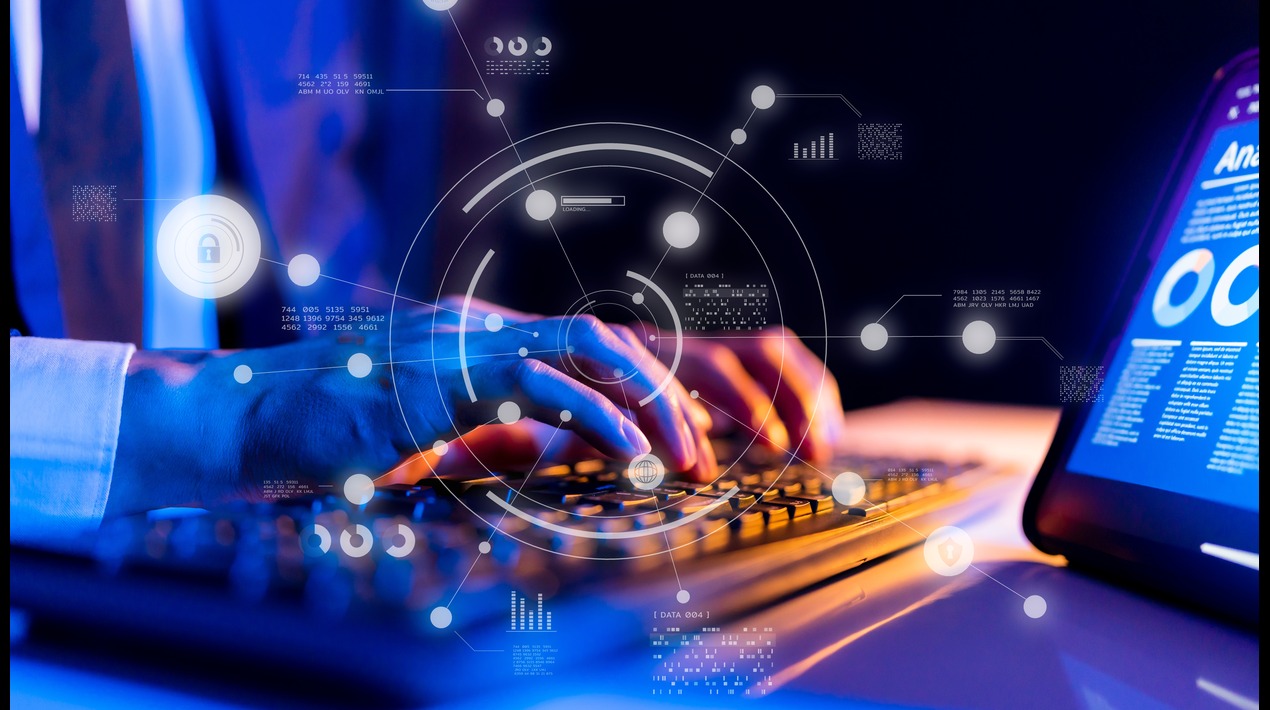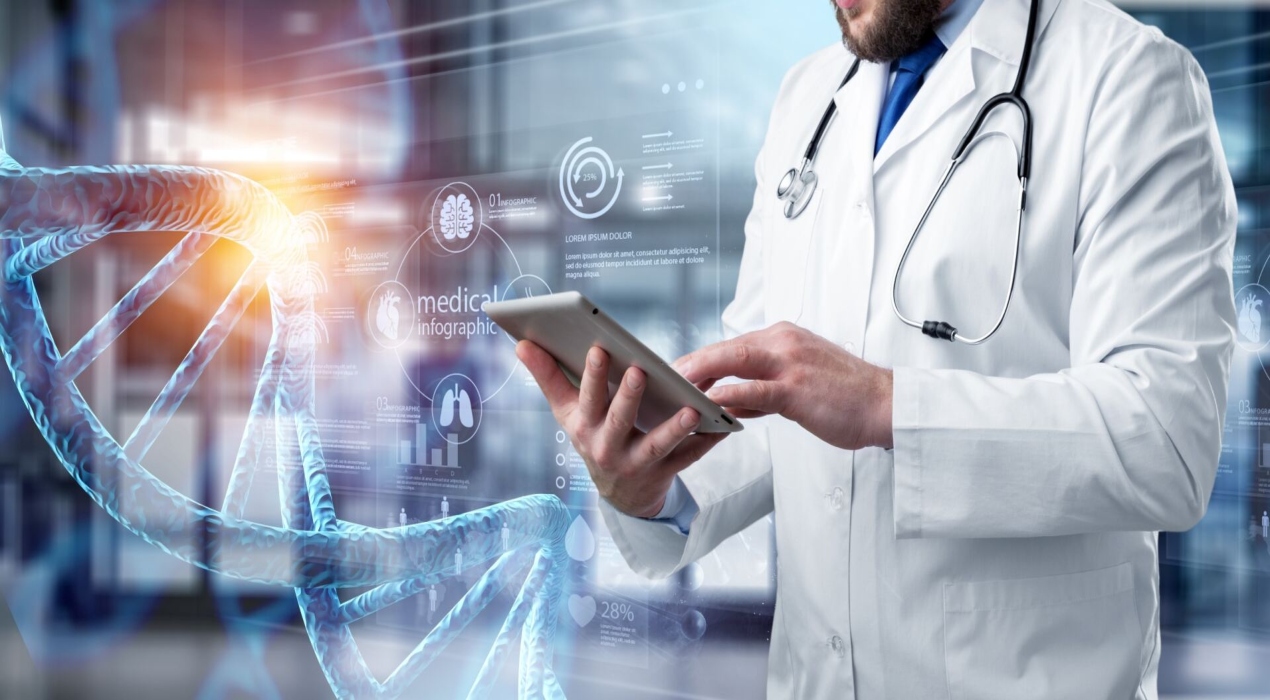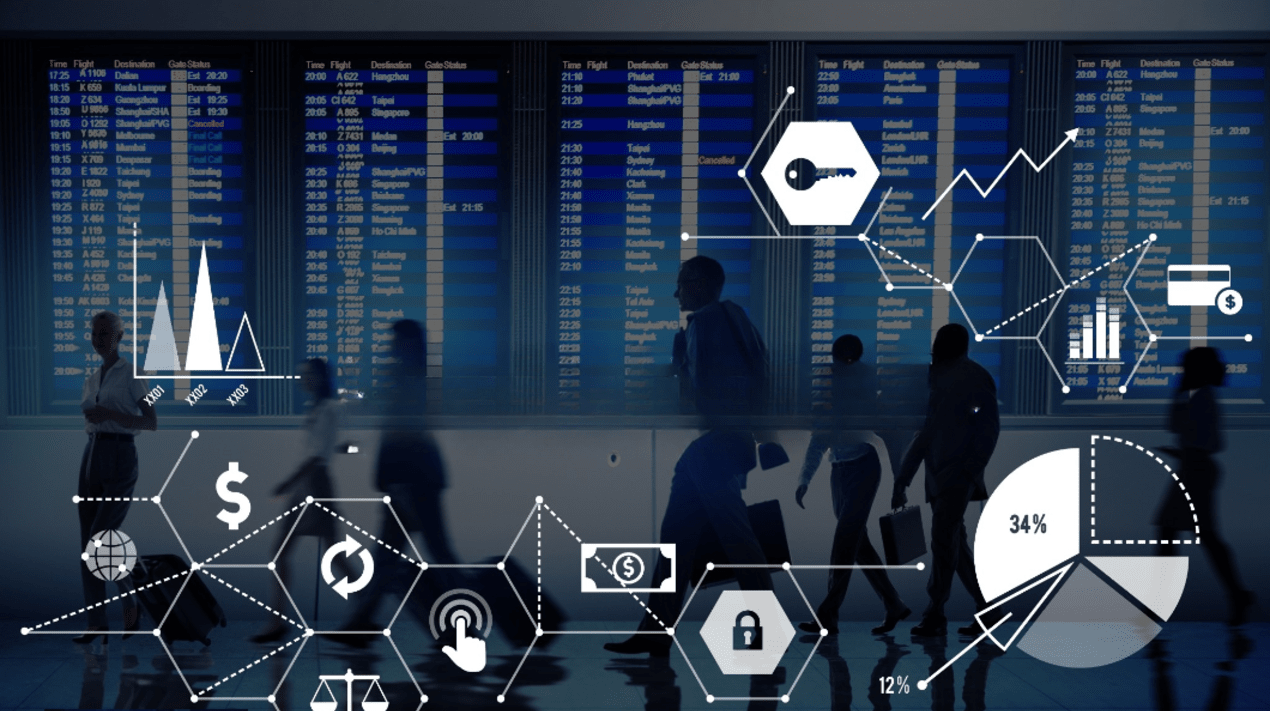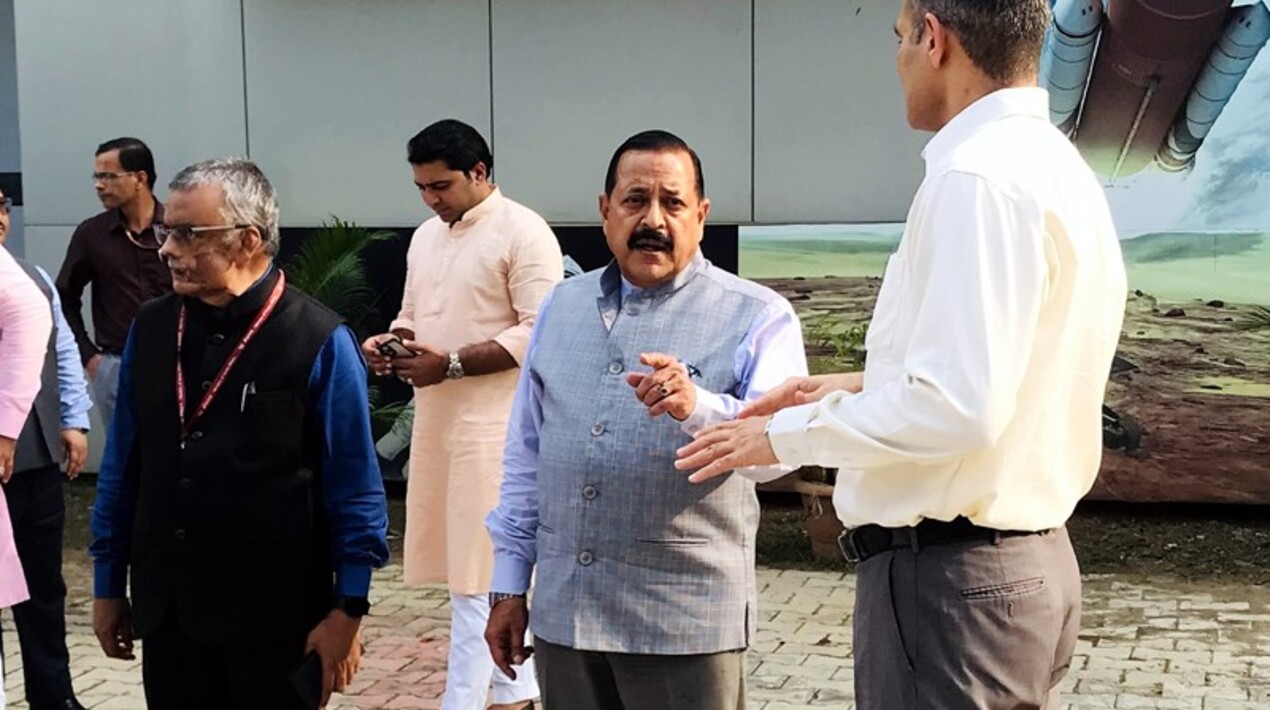
The Prime Minister recently inaugurated a two-day Science Conclave in Gujarat. It will explore state-specific technologies and innovations for adoption and scaling up through an integrated approach with support from the central government.
According to a press release, the Minister of State (Independent Charge) of Science and Technology, Jitendra Singh, said that the broad theme of the conclave will be to present Vision 2047 for the science and technology sector. Participants will map the priorities, challenges, expectations, and technology needs of each of the states.
The Minister said that the states can work in convergence for optimum outcomes with the six science departments: the Department of Science and Technology (DST), the Department of Biotechnology (DBT), the Council for Scientific and Industrial Research (CSIR), the Ministry of Earth Sciences (MoES), the Department of Atomic Energy (DAE), and the Department of Space (DoS).
A key agenda of the conclave is doubling private sector investment in research and development by 2030 and supplementing the country’s and state’s overall economy. Singh said that plenary sessions will be held on topics like:
- technological interventions to improve farmers’ income
- innovations for portable drinking water (including technologies like desalination)
- Heli-borne methods developed by DST
- clean energy for all
- the MoES’ Deep Sea Mission and its relevance for coastal states and union territories
- the country’s future economy
- digital healthcare for all
- synergising science with the National Education Policy 2020
The event will also feature special sessions with the CEOs of over 100 start-ups and industry players, who will explore solutions for the unique problems faced by individual states. The Minister promised support from all the six science departments to the potential start-ups willing to work with state governments with funding from all stakeholders. He said the meeting will help break silos between the centre and the states while strengthening the science, technology, and innovation (STI) ecosystem through greater synergy across the country.
Several action-oriented decisions will be taken at the event, and all states and union territories will be asked to have individual STI policies, in line with the National STI policy. The conclave aims to foster proactive engagements between the centre and states in science and technology, create a mechanism to facilitate the flow of STI information and data, and build the capacity of scientists, technologists, and professionals in key technology areas.
The centre and states will work together to promote private sector participation in technology research and development and will try to put in position a robust and long-term centre-state coordination and monitoring mechanism in STI at the highest level.
Increasing the adoption of technology-enabled solutions across the country is part of the government’s goal to build an e-government. In June, the Ministry of Electronics and Information Technology (MeitY) issued a draft National Data Governance Framework to mobilise citizen non-personal data for use by public and private entities in a bid to improve services. The policy proposes launching a non-personal data-based India datasets programme. State governments are encouraged to adopt the provisions of the policy and rules, standards, and protocols where appropriate.




